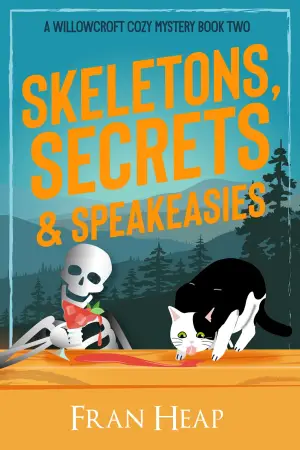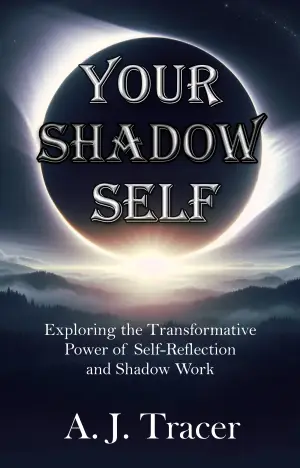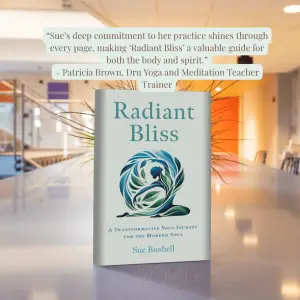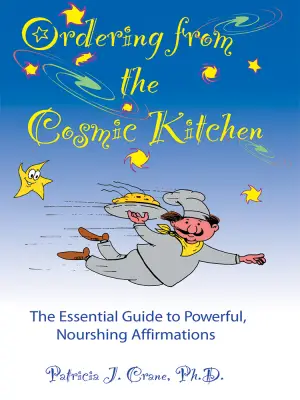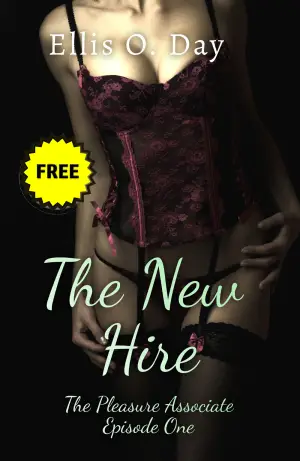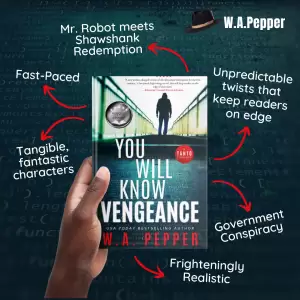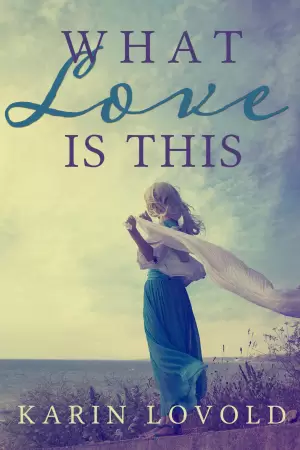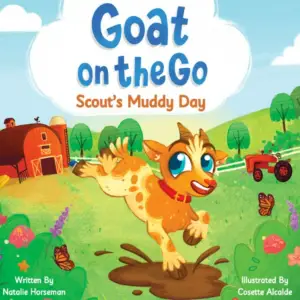Bury Our Bones in the Midnight Soil: A Lush Dance of Shadows and Longing
There’s a certain magnetism to the title Bury Our Bones in the Midnight Soil by V.E. Schwab that drew me in, evoking images of hidden desires and the complexities of feminine rage. The promise of a modern gothic tale steeped in hunger for love and freedom made it a compelling read, and with Schwab’s reputation for weaving intricate narratives, I knew I was in for something special. Little did I know, this book would both haunt and enchant me, leaving an indelible mark on my heart.
At its core, Bury Our Bones in the Midnight Soil is a meditation on the duality of existence—love and violence, beauty and decay, freedom and entrapment. It deftly intertwines the lives of María, Charlotte, and Alice, women from different eras yet bound by an insatiable hunger. María, a wild spirit trapped in 16th-century Spain, transforms into a vampire under the tutelage of the enigmatic Sabine. Charlotte finds herself ensnared in a toxic love with Sabine in the 1800s, while modern-day Alice grapples with her own monstrous inheritance. The cyclical nature of their stories evokes generational trauma, exposing the brutal truth that survival often doesn’t equate to freedom.
Schwab’s prose feels almost like an unearthing; her lyrical style wraps the reader in rich imagery of crumbling estates, damp earth, and blood-soaked mirrors. Yet at times, this lushness tiptoes into indulgence, leaving me yearning for a more substantial emotional punch. The writing is undeniably beautiful, but there were moments when the metaphors felt like an intricate lace veil—delicate yet somewhat overwhelming. I found myself craving more narrative momentum, less poetic meandering.
The interplay of characters is striking; each woman embodies a different facet of desire intertwined with horror. I was particularly struck by Charlotte’s struggle—her desire for autonomy clashes with the oppressive love she has for Sabine, creating a heartbreaking tension that echoes throughout the novel. The mantra “monsters make terrible lovers” became ever more poignant as their relationship unfolded, revealing the profound consequences of longing.
The exploration of promises as chains resonated with me deeply. Charlotte’s vow binds her in ways she never anticipated, illustrating how love can both liberate and imprison. The metaphorical weight of promises echoes across time, as does the haunting realization that these women, once fueled by hopes and dreams, ultimately face a nefarious cycle of violence and grief.
Yet, the pacing occasionally felt embalmed in its own introspection. While I craved the intense blood-soaked climax that such a story promised, some chapters drifted, laden with heavy velvet imagery. The thrombing urgency of their plights was sometimes drowned in lyrical brooding.
Despite its flaws, something about this novel lingered long after I turned the last page—it’s a haunting lullaby that explores the complexities of girlhood, the violence that often lives within love, and the pursuit of freedom. It challenges the very essence of femininity against a backdrop of gothic decay, making it unforgettable in its own right.
Bury Our Bones in the Midnight Soil is perfect for those who delight in atmospheric narratives steeped in meaning, reflective of both beauty and an underlying horror. If you’re a lover of gothic tales that don’t shy away from the messiness of life, this might just be your next obsession. While I didn’t walk away unscathed, I certainly stepped into a world rich with hunger, ghosts, and the bitter sweetness of promises fulfilled and broken. If you’re seeking a book to wrap around you like a shroud, letting the echoes of its wisdom and pain resonate in the shadows, then this one is worth your time.
Discover more about Bury Our Bones in the Midnight Soil on GoodReads >>

